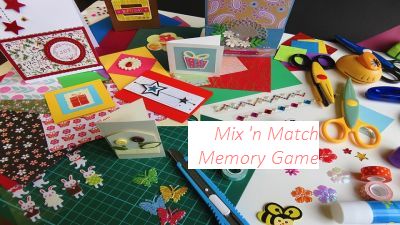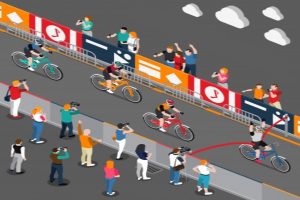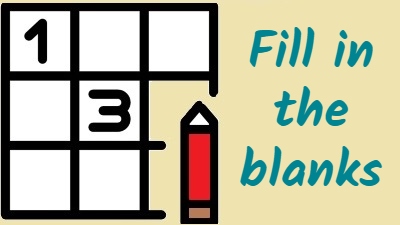Sophie Devine became the first cricketer, male or female, to register six successive scores of 50 or more in T20 internationals…

When Indian women dismissed New Zealand skipper Sophie Devine for 14 in their T20 World Cup group game encounter on February 27, 2020, they brought an end to Devine’s divine run in T20 internationals. For Devine had notched up six consecutive fifties before that innings, a record in the format in international cricket for both men and women.
Devine’s record of scoring six consecutive fifties thus started and ended against India. In the World Cup group game between the two sides last month, Devine was caught by Radha Yadav off the bowling of Poonam Yadav while her score was 14. India went on to win the match and Devine’s run too ended at six. That is, however, still two better than anyone else in T20 internationals, both men and women.
PHOTOS: AP, THE HINDU
Different types of words do different jobs. Such words are called parts of speech. Adverbs describe actions, and other descriptive words.

What is an adverb?
It modifies a verb, an adjective or another adverb. It is used to say something more about a verb, and it almost always answers the questions: how, when, where, how often and in what way?
Examples:
“Maria speaks quietly.” (The adverb “quietly” modifies the verb “speaks”)
“Paul is really handsome.” (The adverb “really” modifies the adjective “handsome”)
“Yumi is working too slowly. (The adverb “too” modifies the adverb “slowly”)
Now let us play a game to see how many you get right!
Sample everything that Geography has to offer, from the science behind earthquakes to what makes up the surface you walk on…

Geography is a unique subject that is called “the world discipline” for the sheer number of subjects it covers. Everything from the Earth’s atmosphere, climate, the physical terrain, its formation, natural phenomena like cyclones, floods, and earthquakes that affect our planet and the human societies that inhabit it are covered by it. It is for this reason Geography is termed to be an important link between the natural and social sciences.
Now, here is a quiz that gives you a taste of everything that this subject covers. Can you solve it?
If you are a music junkie, and like to stay updated with singers, achievements and recent projects, this word search is for you.

From winning awards to winning our hearts, these singers have done it all. With the help of the clues and the picture, find the names of the singers in the grid.
From culling kookaburras in Tasmania, NASA to Elon Musk colloborating to explore an asteroid, and more, here’s what’s been happening around the world.

Here’s a quick glimpse of some of the big news from around the world.
Camels have been important to people for many centuries. Take a look at some interesting facts about these creatures…

Camels are mammals with long legs, a big-lipped snout and a humped back. Some camels have only one hump, while others have two. There are three main types of camels – Dromedary, Bactrian and Wild Bactrian (which are critically endangered). A camel’s hump consists of stored fat, which can be metabolised when food and water is scarce.
In addition to their humps, camels have other ways to adapt to their environment. They have a third, clear eyelid that protects their eyes during sandstorms. Two rows of long lashes also protect their eyes.
Humans have used camels as a means of transport for thousands of years. They can carry about 170 to 270 kg of weight. This is why they are known as “ships of the desert”. Domesticated camels are often the main source of meat, milk and even leather or wool products in desert regions.
In India, there is a special breed of camels called the ‘Kharai’ which are unique, as they can swim.
Here are some facts about these animals. Can you tell if they are true or false?
Craft is a way of expressing your feelings and thoughts. It is usually influenced by the culture of the community and gives wings to creativity.

When you talk about craft you could be referring to a trade or a particular art. Craft as an art employs natural media such as wood, clay, glass, textiles and metal.
Let’s see one fun way to stay fit. Don your magnifying glass and spot the differences.

One way to keep fit is to check out the options we have outside, instead of being inside a gym. Once outside try cycling. Riding a bike is healthy, fun and a low-impact form of exercise for all ages. It helps by protecting you from serious diseases such as heart stroke, some cancers, depression, diabetes, obesity, muscle pulls, arthritis and also helps you make your immune system stronger.
Given below is a scene from a cycle race. Study the two pictures and find the 10 differences.

Do you know which fork will be placed where or where the napkin goes? Read on to know more about dining table etiquette.

It is important to maintain proper decorum in every place and situation you are in. Similarly, while at a formal dinner there are rules to be followed.
There are various rules such as never start the meal wait for the host to invite you to the table, always pass salt and pepper together even if someone asks only for one of them, always keep your mouth closed while chewing, never use your fingers to push your food onto your spoon, never add salt and pepper before tasting the food and many other such rules.
Go through these slides to get familiar with some important etiquette. Try these interactive exercises too.
Conquer the 6×6 grid by placing the right numbers in the Sudoku grid. Get solving!

Love numbers? Then this is perfect for you. Try your hand at this popular game and see if you can ace it. A Sudoku is a grid consisting of columns, rows and blocks. This is a 6*6 grid.
How to play
The objective of the game is to fill the missing digits into the grid. Use digits 1 to 6 to fill this 6×6-grid.
In each column, row and block you can use a digit only once. Drag and drop the numbers (1-6) given beside the grid in their right places.
Sudoku Rules
1. Each row will, upon completion, contain all of the digits from 1 to 6.
2. Each column will, upon completion, contain all of the digits from 1 to 6.
3. Each coloured block will, upon completion, contain all of the digits from 1 to 6.










